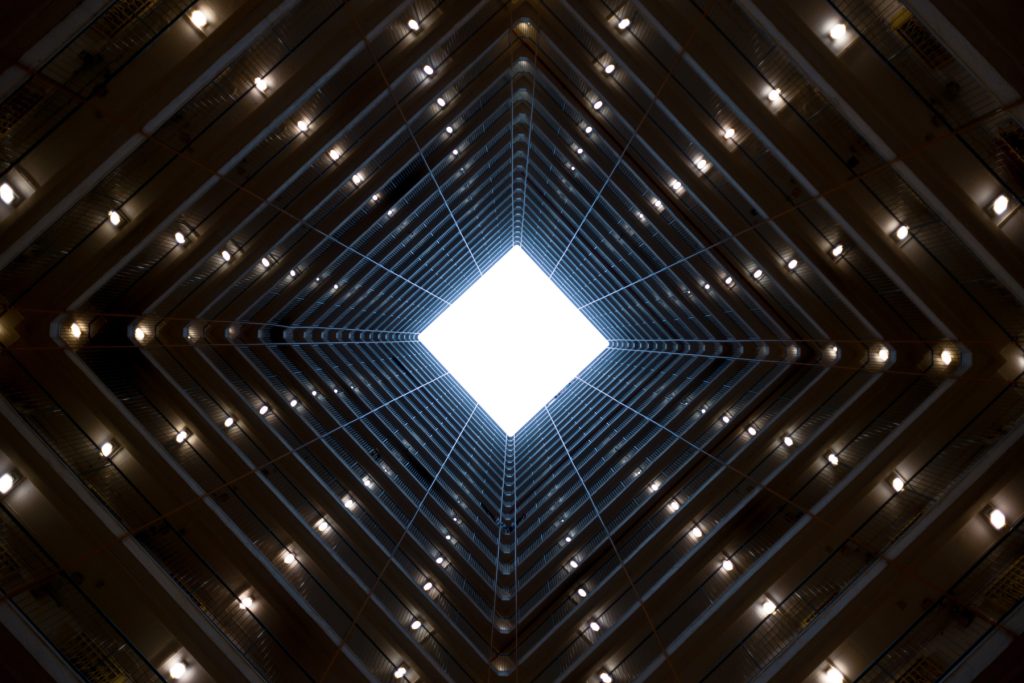(NEWSWISE) — Call it a Marvel-ous entanglement: Some of the nation’s leading experts gathered together from the diverse fields of quantum science and multiverse games for a screening of Marvel’s newest film, “Ant-Man and the Wasp: Quantumania” last week in downtown Chicago. The screening, which was also attended by the general public, was followed by a discussion about quantum science, both on film and in real life.
Albert Einstein suggested that if a person can move fast enough, time will be slowed down for him. As NASA explains, light moves up to 670,616,629 miles per hour, and in one second, light can go around the earth three times. NASA telescopes allow us to “look back” in time at the stars and galaxies far, far away because it takes the light from these galaxies so long to reach us. When we view them in a telescope, we are actually seeing them in history, they explain.
The phrase “time travel,” however, is usually associated with traveling faster than one second per second. That type of time travel sounds like sci-fi. Yet NASA scientists tells us it’s real!
The screening of the Marvel movie last week was exciting because it allowed the audience and panelists a chance to explore inner-space, explained David Awschalom, professor at the UChicago’s Pritzker School of Molecular Engineering and senior scientist at Argonne National Laboratory and director of CQE. The guests had the opportunity to dive deeper into the fantastical science behind Ant-Man’s newest adventure.

Quantum technology is being developed right now around the world. “Quantum science operates on rules that seem strange and counterintuitive, and yet we’re making great strides every day,” said Awschalom. Quantum information science and engineering is dedicated to understanding how the world works on the smallest scale: at the subatomic level. It aims to uncover the properties and behaviors of the very building blocks of nature. Electricity, magnetism, light—all the phenomena we interact with on a daily basis are driven by principles found in quantum mechanics.
“I won’t say that we can travel through time,” instructed panelist Gregory Grant, a sci-fi enthusiast and Ph.D. student studying quantum science and engineering at Pritzker School of Molecular Engineering and Argonne National Laboratory.“But quantum and time is a really interesting question. I can tell you that one thing we’re attempting is to put a photon into a superposition of right now and a time shortly in the future, between early and late. So, while there is no multiverse that we can access, we can nudge particles so that they arrive at different times.”
Throughout the movie, Ant-Man/Scott Lang (played by Paul Rudd) encounters several quantum principles as he and his family navigate the bizarre and otherworld “quantum realm.” In one scene, Ant-Man encounters a “probability storm,” in which every potential choice is manifested as a different version of himself, creating a veritable army of Ant-Mans. This probability storm is a creative representation of superposition, a quantum principle in which objects can exist in multiple states simultaneously, and it’s only after they are measured that their probability collapses, and they are reduced to a single state.
Following the movie, panelists discussed superposition and other phenomena captured in the film — spending extra time on the question of time travel and whether time travel is possible as it’s depicted in Marvel movies. Games and virtual worlds were a central topic, both in reference to the movie’s antagonist, Kang, and on their utility in engaging and educating new generations of the scientifically curious about concepts such as quantum superposition and time travel.
The Chicago event was hosted in collaboration with Marvel Studios, the University of Chicago, the U.S. Department of Energy’s (DOE) Argonne National Laboratory, UChicago’s Pritzker School of Molecular Engineering and the Chicago Quantum Exchange (CQE). The panel was moderated by Kate Waimey Timmerman, the CEO of CQE, a consortium headquartered at UChicago’s Pritzker Molecular Engineering that includes UChicago, Argonne, Fermi National Accelerator Laboratory, the University of Illinois Urbana-Champaign, the University of Wisconsin-Madison and Northwestern University. The CQE convenes leading academic researchers, top scientific facilities and innovative industry partners to advance quantum science.
Chicago, home to the University of Chicago and some of the nation’s foremost institutions studying quantum science and engineering, hosts two national laboratories — Argonne and DOE’s Fermilab — pursuing quantum science.
UChicago Pritzker School of Molecular Engineering claims several internationally recognized experts on quantum and operates one of the nation’s first Ph.D. programs in the field. Recent breakthroughs are furthering the creation of an unhackable internet, studying disease and unlocking quantum computing. Some of the world’s most advanced quantum research takes place at Argonne and their Q-NEXT center, which convenes national laboratories, universities and leading technology companies to learn to control and distribute quantum information.Argonne scientists are developing new platforms that could transform quantum technology and networking and develop equipment to sense changes within a single cell of human tissue. The CQE is a global leader with top researchers, facilities and partners to advance quantum information, train future quantum scientists and engineers and drive the quantum economy. Its annual Quantum Summit gathers leaders in quantum science from around the globe to discuss the very newest developments in the field. To learn more about quantum science, visit https://www.anl.gov/sci




